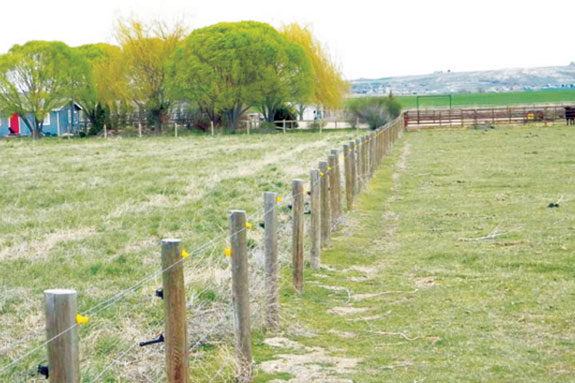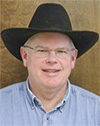Fall can be a critical period in the lives of desirable pasture plants. While it is common thought that plants that appear to be dormant can be grazed “to the ground” without hurting anything, perception is far from the truth. Fall residual plant materials (leaves, lower stem bases and crowns) are essential to maximize next year’s production for perennial grasses and forbs.
Physiology
Fall is considered the beginning of the perennial cool-season grass cycle. This is the time of year when grasses produce the first generation of roots and most of their apical meristems (growing points) for the next growing season.
In order to begin this process, grasses must retain enough basal leaf material to “recognize” that days are getting shorter.
Additionally, new roots and apical meristems need a steady supply of nutrients and protection from stress. In the fall, nutrients are supplied from the previous season’s tillers, which have stored carbohydrates in the bottom three to four inches of their bases.
Often these older tillers are dormant and brown at this time of year, but they aren’t dead and their storage function is critical. These older tillers also provide physical protection to the new tillers.
Plants that are grazed short during the fall are less likely to overwinter and will be slower to “green up” in the spring. The result is that these plants/pastures will require more time in the spring before they are ready to graze.
Strategies
It is good practice to ensure that adequate phosphorous and potassium are available in the fall. These nutrients help to stimulate apical meristem development.
Appropriate irrigation during this time is also important to maximize development. A fall application of nitrogen is generally not recommended, as it can encourage additional plant growth and inhibit the natural plant process of preparing for dormancy and the coming growing season.
Additionally, nitrogen is very mobile in the soil and winter precipitation could push it beyond the root zone or completely off the pasture in any runoff.
Similar to all other times of year, good grazing management is important in the fall. Livestock grazing should be controlled in order to avoid excessive defoliation of the pasture.
For the majority of cool-season grass species, a three-inch to four-inch residual plant height (after grazing) is appropriate.
This will maintain sufficient plant energy reserves for the development of new roots and apical meristems. It will also provide energy for the plants to get a “jump start” in the spring.
Observations
There are a couple of small acreage landowners that I have observed in southwestern Idaho the last few years.
Their properties are side-by-side with only a fence dividing them. The landowner to the west has consistently left a four-inch to five-inch residual.
The landowner to the east has consistently left cattle on his pasture until well after all grazeable forage was completely removed.
When spring arrives, the pasture to the west is growing and ready to graze three to four weeks earlier than the pasture to the east.
This repeated practice has also created a much less vigorous east pasture. My estimation is that total annual forage production is 40 percent lower on this pasture when compared with the neighboring pasture to the west.
Take-home message
Fall is an important time for perennial pasture plants. Grazing should be managed to leave sufficient residual for cool-season grasses to develop the framework for the next season’s growth.
This will promote improved plant vigor and help to maximize production potential for the next growing season.







